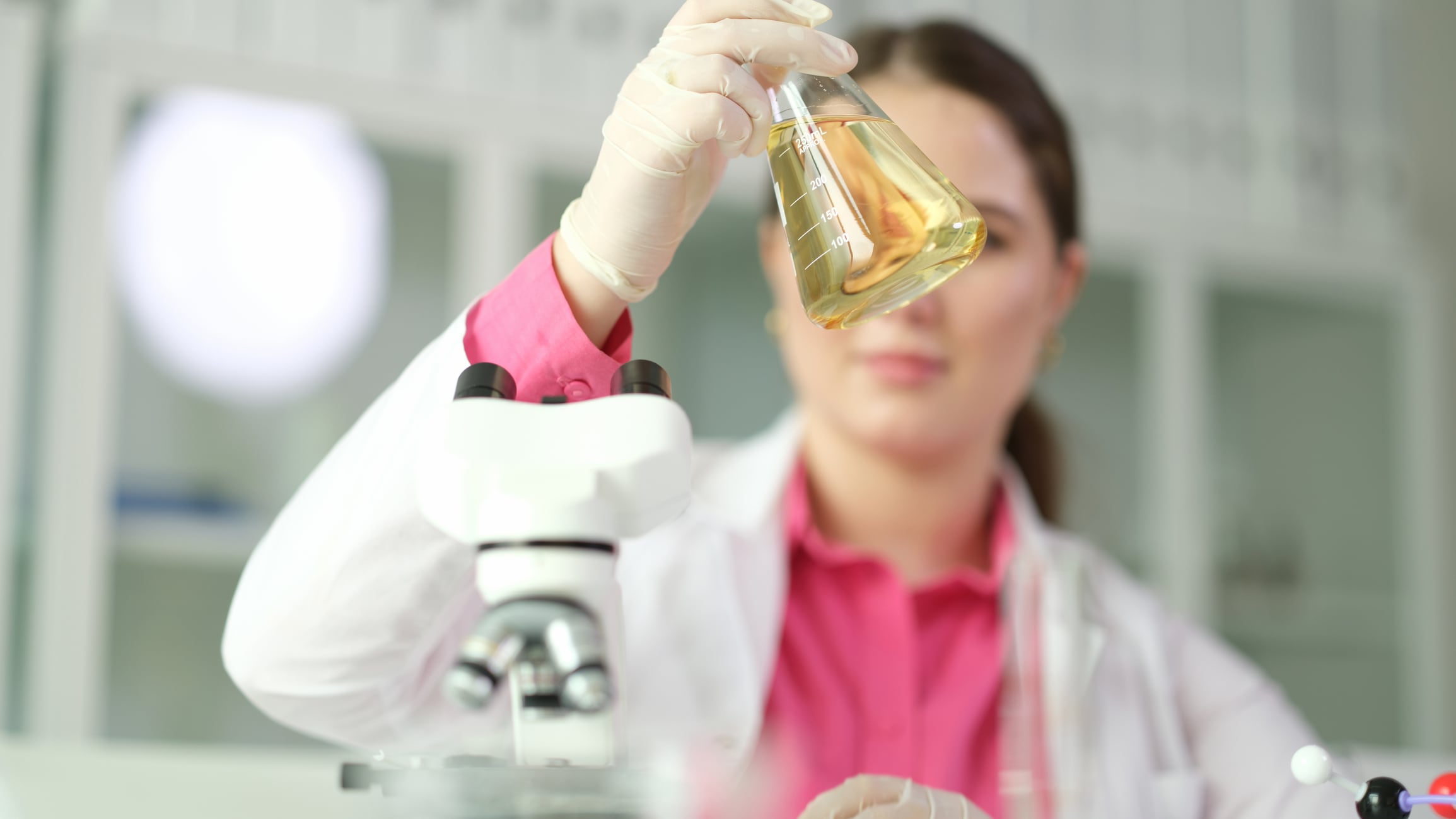From lab bench to formulation table, the past few months have seen a wave of innovations that are impacting how beauty industry stakeholders are approaching skin biology, ingredient efficacy, and product development. Advancements in microbiome research, natural actives, and biotechnology’s role in R&D are helping formulators create more targeted, inclusive, and sustainable solutions for today’s consumers.
This roundup highlights five of the most compelling scientific breakthroughs in recent CosmeticsDesign coverage, from studies revealing new links between the skin microbiome and visible aging to evidence-based insights into the efficacy of natural ingredients like clay minerals. Together, these findings signal a future where cosmetic innovation is guided less by trends and more by measurable biological impact.
#5: Q&A: NanoSpun’s live-cell platform brings on-demand biotech to skin care
The incorporation of live microorganisms into personal care formulations has long presented a technical and regulatory challenge, particularly in terms of stability, shelf life, and real-time efficacy.
According to a recent market analysis report from Grand View Research, the market for microbiome-supportive skin care is projected to grow at a CAGR of 11.5% to reach a market size of over $800 million in 2030, pushing industry stakeholders to explore new pro- and postbiotic ingredient delivery methods to achieve greater precision and functional impact.
NanoSpun, a materials science startup spun out of academic research at the Technion–Israel Institute of Technology, is one such company that has developed a live-cell tissue platform designed to produce active ingredients at the point of use. The company recently launched its first commercial skin care applications using this platform and has secured regulatory approval in key markets, including the US, UK, and EU.
#4: Skin microbiome linked to visible aging, says Unilever study
Scientists at Unilever have uncovered new evidence that the bacteria living on our skin are associated with how old we look.
The research, recently published in the British Journal of Dermatology, compared individuals of the same chronological age but with visibly different ageing profiles. The study found that those who experienced delayed signs of aging had a more resilient and stable microbial community on their skin.
#3: Study finds clay masks temporarily cut oil but lack long-term benefits
A new peer-reviewed study has evaluated the short-term skin effects of clay-based face masks, focusing on three commonly used clays: red, green, and black. The research, published this month in the scientific journal Cosmetics, points to a clear reduction in skin oiliness after application, but no lasting changes to skin firmness or elasticity.
Researchers from the University of São Paulo and Lusófona University in Lisbon developed formulations using each clay type and tested them on participants under realistic use conditions. Unlike daily skin care, clay masks are typically applied for short periods once or twice a week. To reflect this, the study used a two-hour contact time before rinsing.
#2: ‘Avobenzone is safe,’ says toxicology assessment
The findings, published this month in Critical Reviews in Toxicology, arrive at a critical time for North American manufacturers, suppliers, and regulatory stakeholders as the FDA continues its ongoing review of sunscreen ingredients.
“For brands and formulators, this review further validates avobenzone’s role as a cornerstone of broad-spectrum UV protection,” Dr. Kimberly Norman, PCPC’s senior director of safety and regulatory toxicology and lead author on the study, told CosmeticsDesign.
#1: Biotech targets men’s skin with exosome-based skin delivery system
Caldera + Lab has announced the launch of a new biomimetic exosome delivery system designed specifically to overcome the challenges of delivering actives into men’s thicker, oilier skin.
CosmeticsDesign spoke to Jared Pobre, founder and CEO of Caldera + Lab, to learn more about the patent-pending technology and its potential impact on industry innovation in biotech-driven formulations for male grooming.




